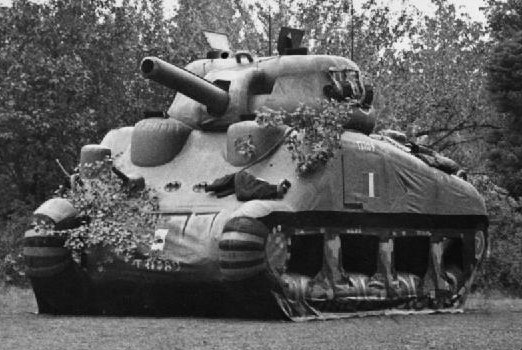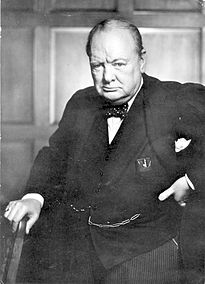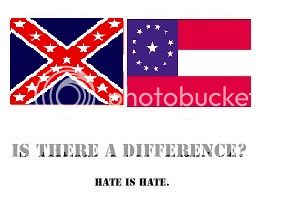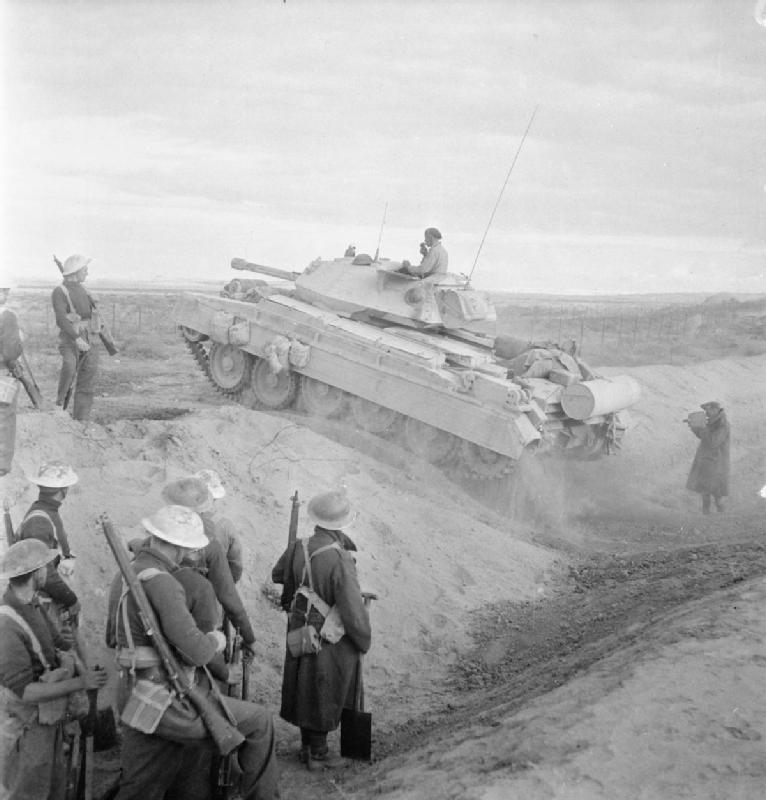The city of Richmond's statue of George Washington that survived the devastation heaped upon the city during both Great Wars. Unlike statues such as Jefferson Davis and other famous Southerners it was not destroyed by the U.S. occupation forces as part of the de-Freedomization movement.
Washington's reputation amongst his countrymen fell into decline amongst both American nations following the War of Succession. U.S. citizens came to negatively view him due to his Virginian heritage and thus U.S. citizens and politicians put more emphasis on Founding Fathers from the North such as Alexander Hamilton, John Adams, and Benjamen Franklin. Confederate's respected him more but more love was shared for Confederate and other Southern Founding Fathers such as Thomas Jefferson, Jefferson Davis, Robert E. Lee, Thomas "Stonewall" Jackson, and James Longstreet. Many in the Freedom Party however disliked Washington due to his being President of the U.S. as part of the anti-U.S. rhetoric and platform of the Freedomites.
Descendents of the Canadians have a mixed-to-negative view of the man due the attempted and aborted invasion of Canada (then still just mostly Quebec) during the American Revolution.
Following the Second Great War and the re-absorption of the Confederacy into the U.S., Washington's reputation began to improve, helped with new books by historians, as he became seen as a great unifying national figure for the still devastated and culturally divided nation. He is a central figure in the "New South" movement which emphasizes figures such as Washington and Andrew Jackson [1] as true figures of the good portions of Southern heritage and culture.
In the 2005 special,
The 100 Greatest Americans [2], Washington was ranked #1 for his war service, Presidency, and supporting a strong national union.
--------
[1] Washington always saw himself as American fist and southerner second. The same goes for Andrew Jackson who I also believe would became a more popular figure in this timeline due to threatening to go to war with South Carolina when they threatened to secede during his Presidency.
[2] Equivalent of the
100 Greatest Britons.








